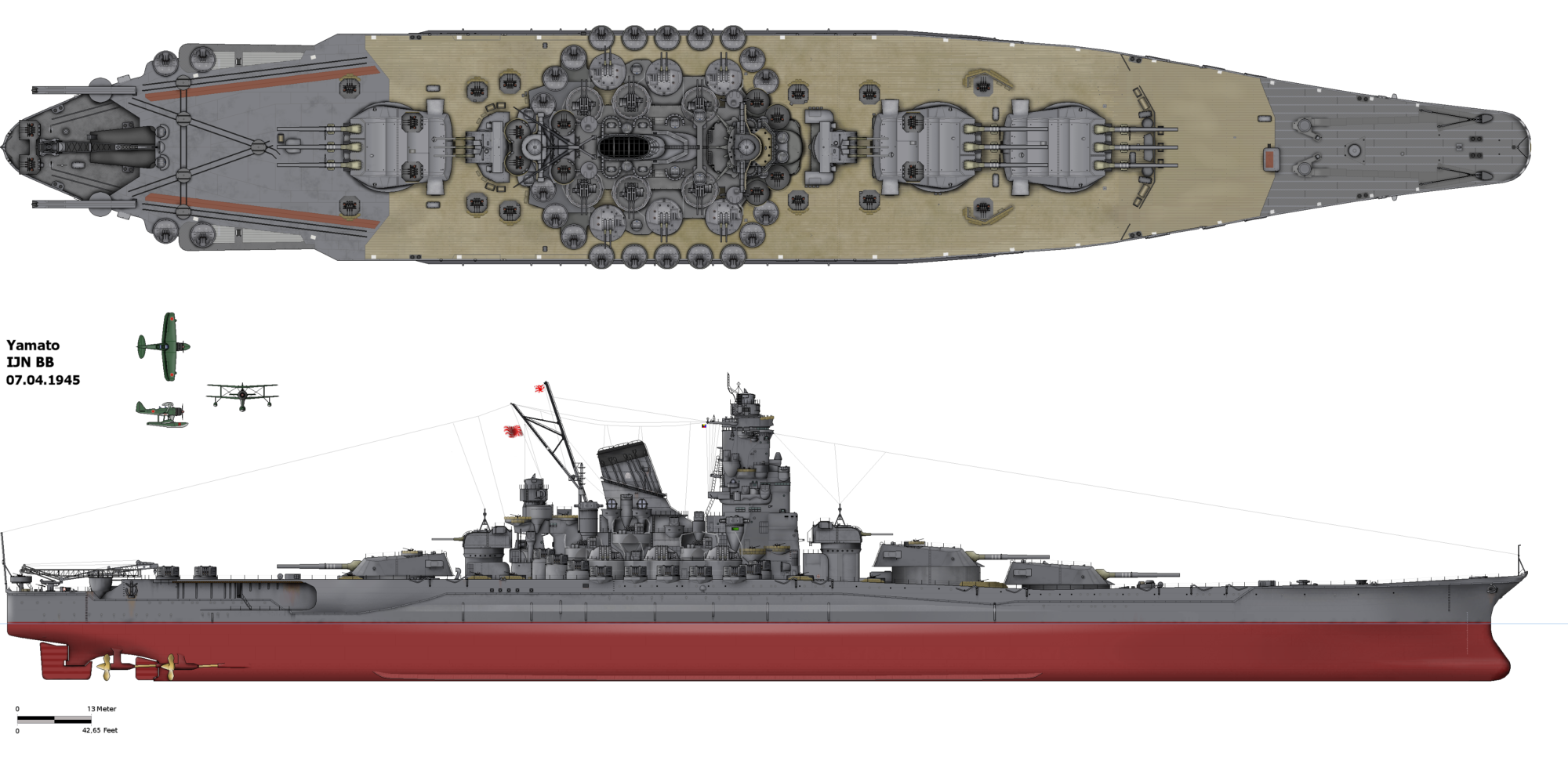April 7 will mark the 73rd anniversary of the sinking of the heaviest battleship ever constructed, the Yamato. On that fateful day, the Yamato, who shared her name with Japan’s poetic epithet, meaning “the Great Harmony,” was sent to Okinawa as part of Operation Ten-Go to counter the Allied forces, which had landed on the island a week before. The Yamato carried a one-way ticket: she was to be beached to act as an unsinkable fortress and her crew was to fight to death to prevent the Allied forces’ invasion of Japan’s mainland. American aircrafts soon overpowered the Yamato and her nine escorts. After being heavily bombed and torpedoed, the Yamato listed, capsized, and sank only 2.5 hours after arriving at the battle. Of her 3,300 men, only 280 survived. Four months later, out of fear after witnessing Japan’s willingness to sacrifice its own manpower to the last man in an unwinnable war, the Truman administration ordered the Enola Gay and Bockscar to Hiroshima and Nagasaki respectively in a bid to play the good guy with a colossal gun.
Today, the Yamato lives on, and her legacy sails on diverse waters. In 2016, the long-time beloved animated series “Space Battleship Yamato” remade the second season of its 1970’s original. In the US, the original series was released as “Star Blazers” in 1979, a pioneer for English-dubbed Japanese animation in which episodes are related chronologically. This Yamato, or the Argo in its American dub, endured constant hardships — submerged in acid, hit by missiles, shredded here and there — that she’s almost an eerie mirror to her crew’s own suffering. The original series’ creative brains also never let the audience forget the nuclear connection, depicting widespread blasts, massive casualties, and people migrating to avoid radiation.
Aired only three decades after the “pikadon” — the Japanese rendering of the atomic bombings, “a flash of light followed by a bang” — it’s not difficult to imagine how these “Space Battleship Yamato” images sit with a Japanese audience. Unfortunately, its American counterpart came with a campy, borderline cheesy dub and whitewashed reference to the original Yamato and what its demise helped hasten.
Another notable rebirth was through the anthropomorphic game “Kantai Collection,” where warships were drawn as highly sexualized girls. Along with her sisters, “Kantai Collection’s” Yamato, ponytailed and clad in a skimpy skirt and single kneesock, went on to become a best-selling multi-platform game, an animated series, and from 2013 to 2017 was one of the most profitable franchises for cosplayers and memorabilia collectors. Everybody loves cute, harmless warships-turned-girls, after all.
“Kantai Collection’s” Japan is Shinzō Abe’s Japan, who has long pushed to amend the pacifist, non-belligerent Article 9 of its postwar Constitution. It’s a Japan whose populace has become more lenient about romanticizing its wartime Navy, and one that has become more sympathetic to remilitarization if only to deter neighbors China and North Korea. Abe himself is now Japan’s third-longest-serving prime minister, and arguably its most conservative postwar.
In the age of escalating tension in East Asia, may the next rebirth of the Yamato be a more complete reminder of the dangers that accompany excessive armaments.
Theresia Pratiwi writes in English and Indonesian. She lives in southern Thailand.





















